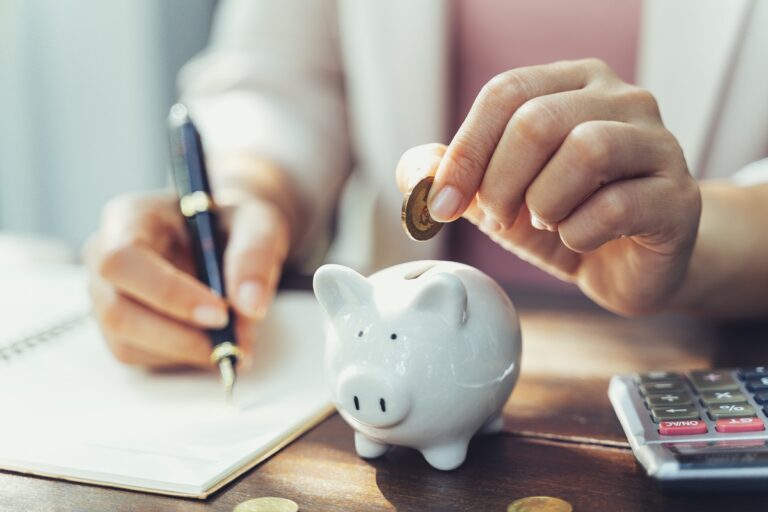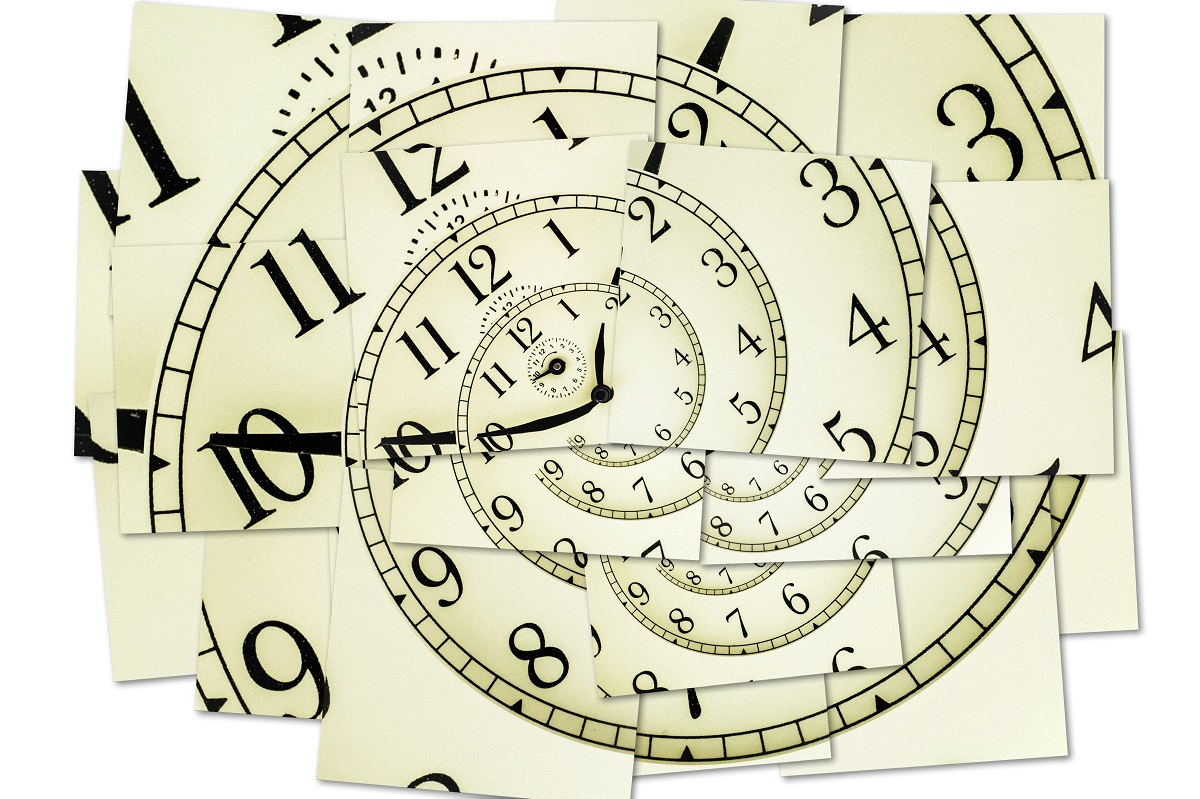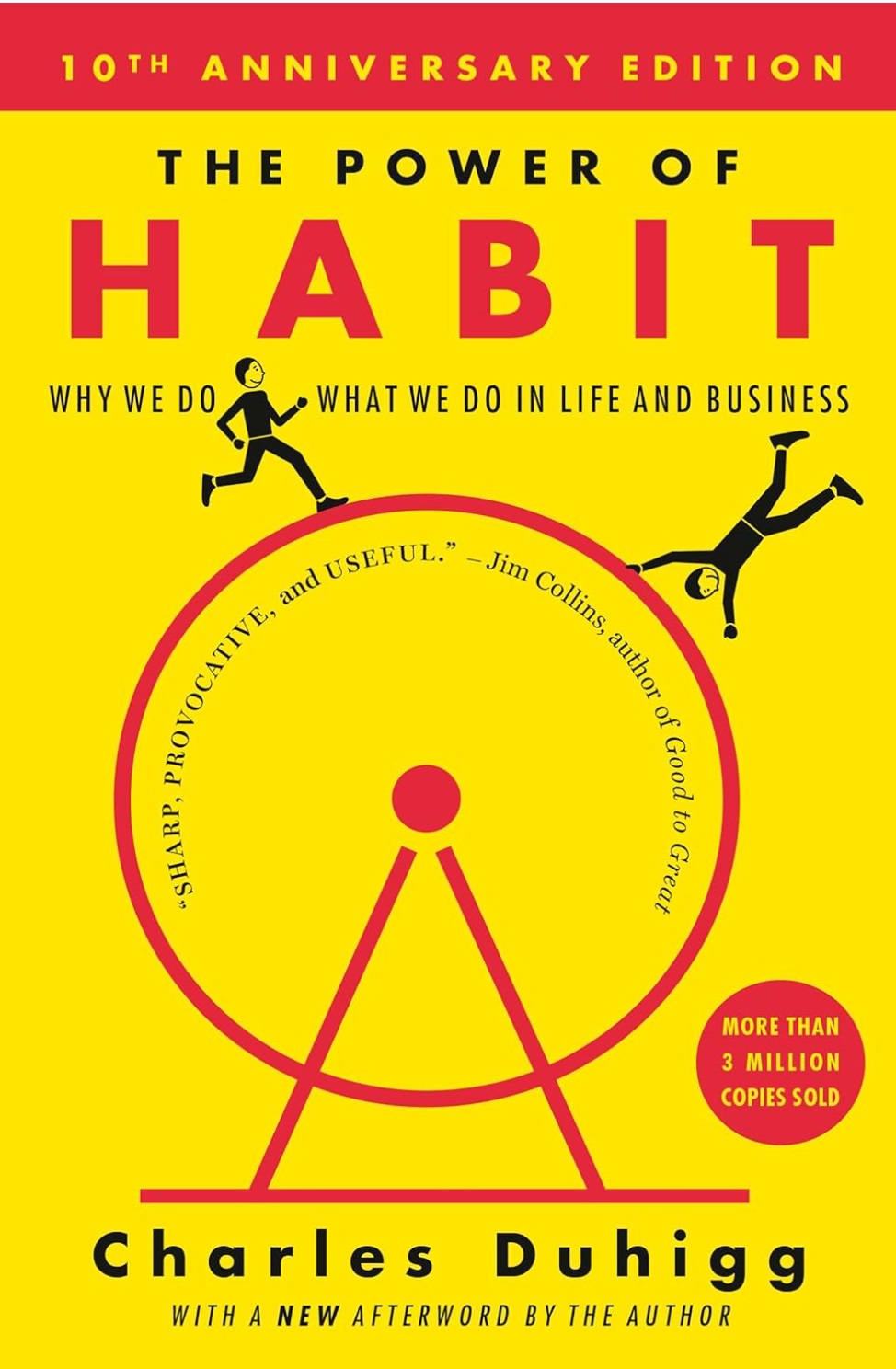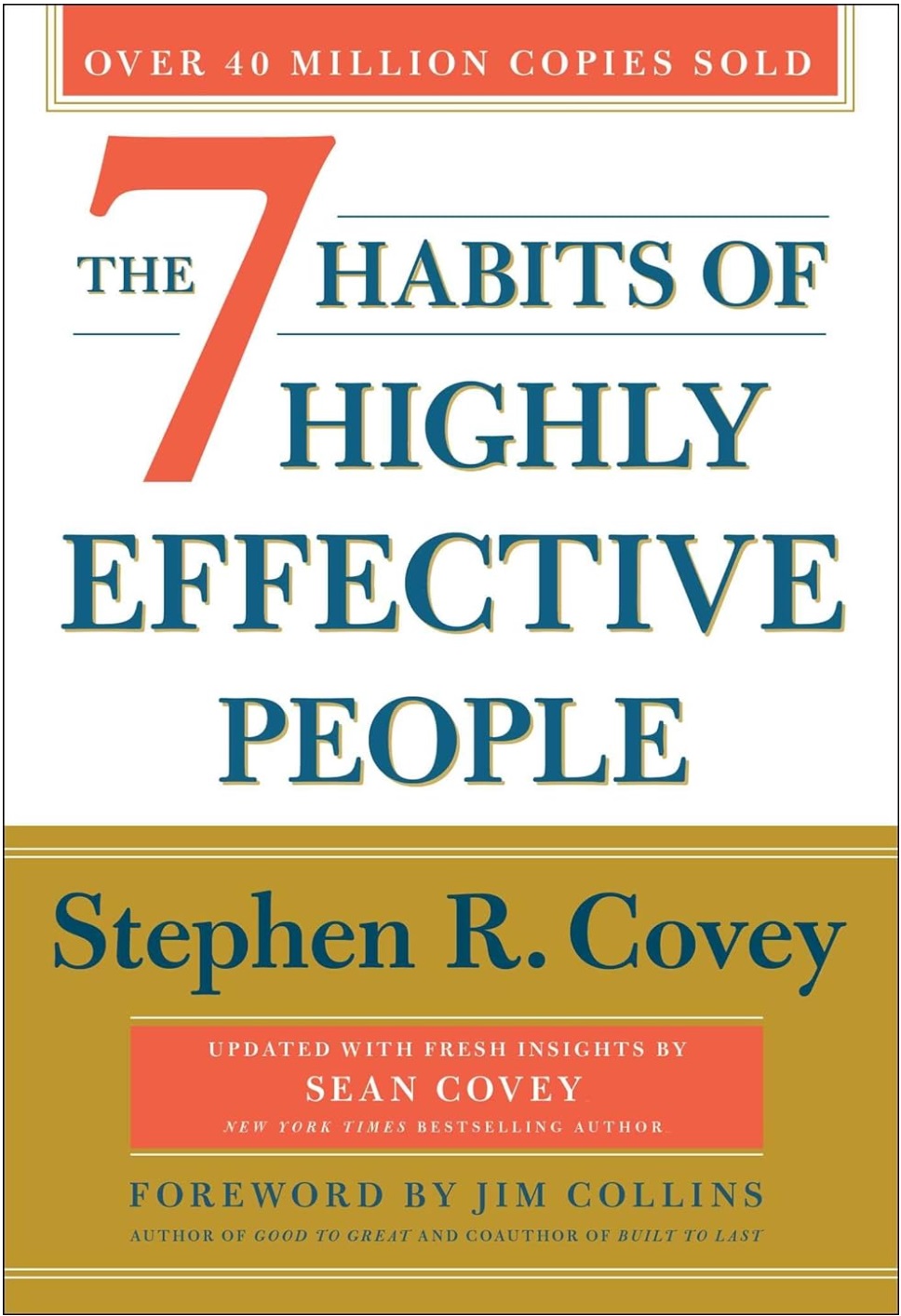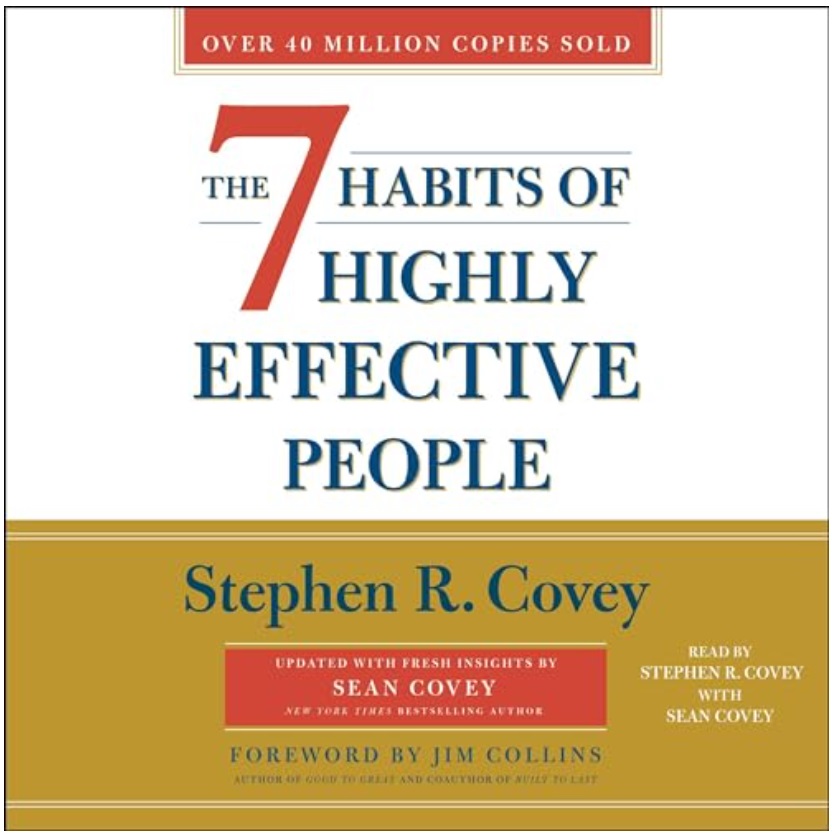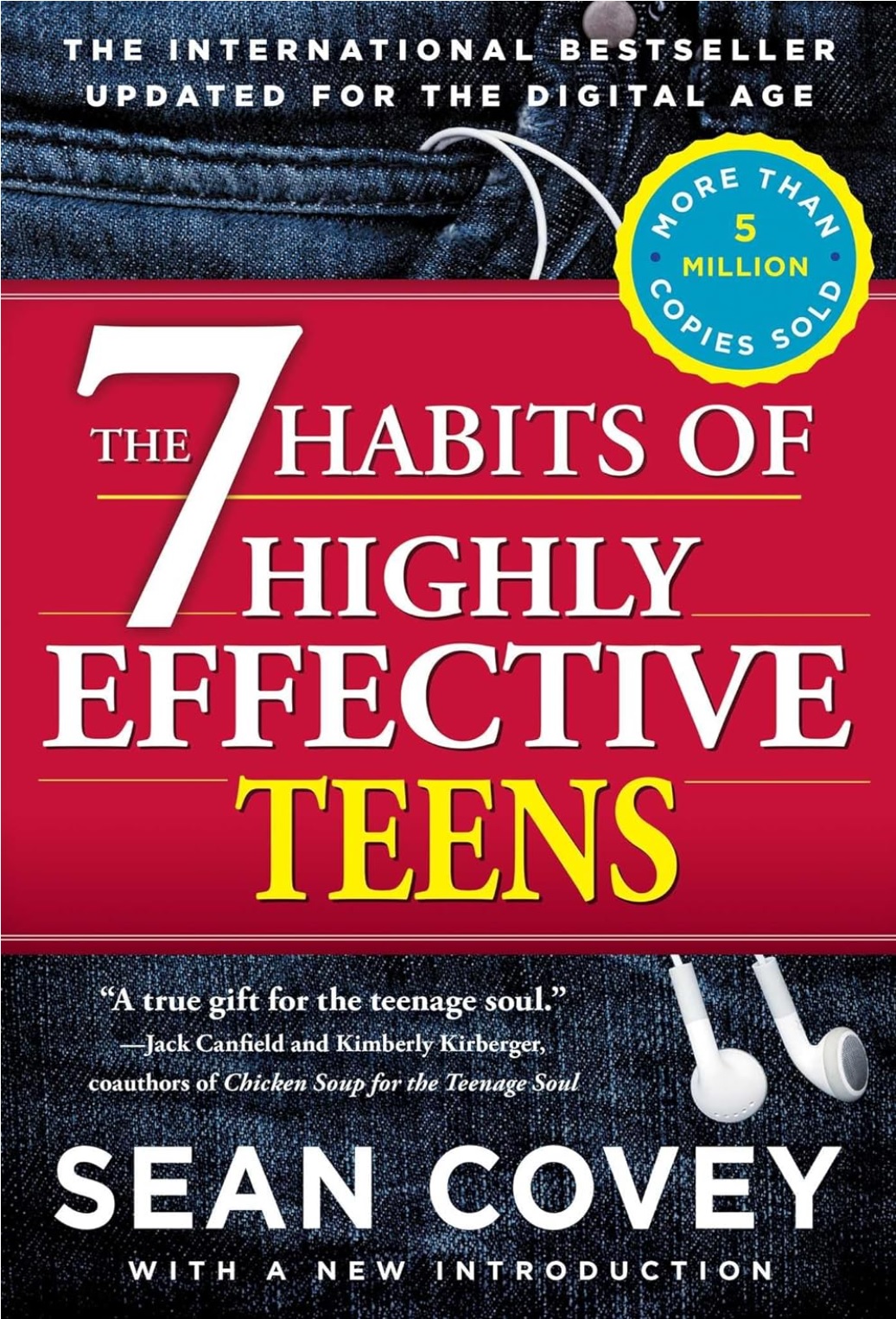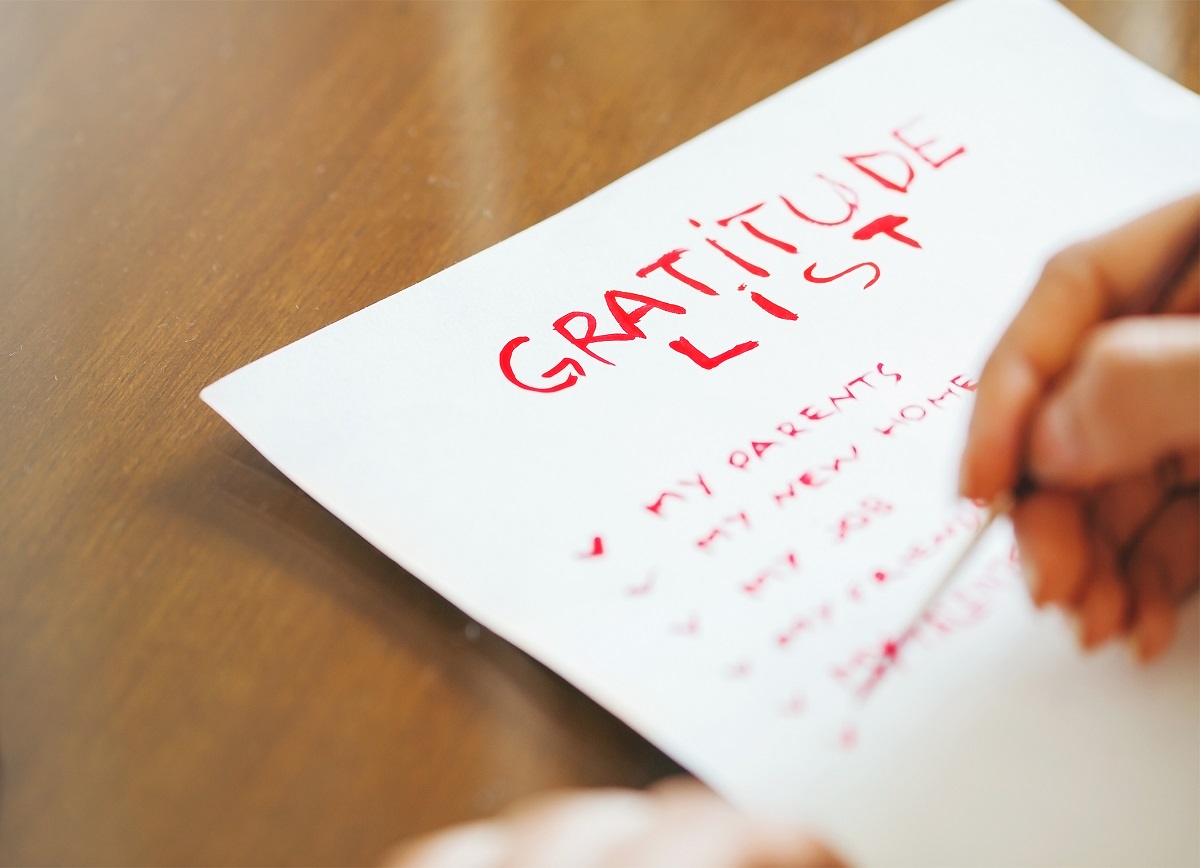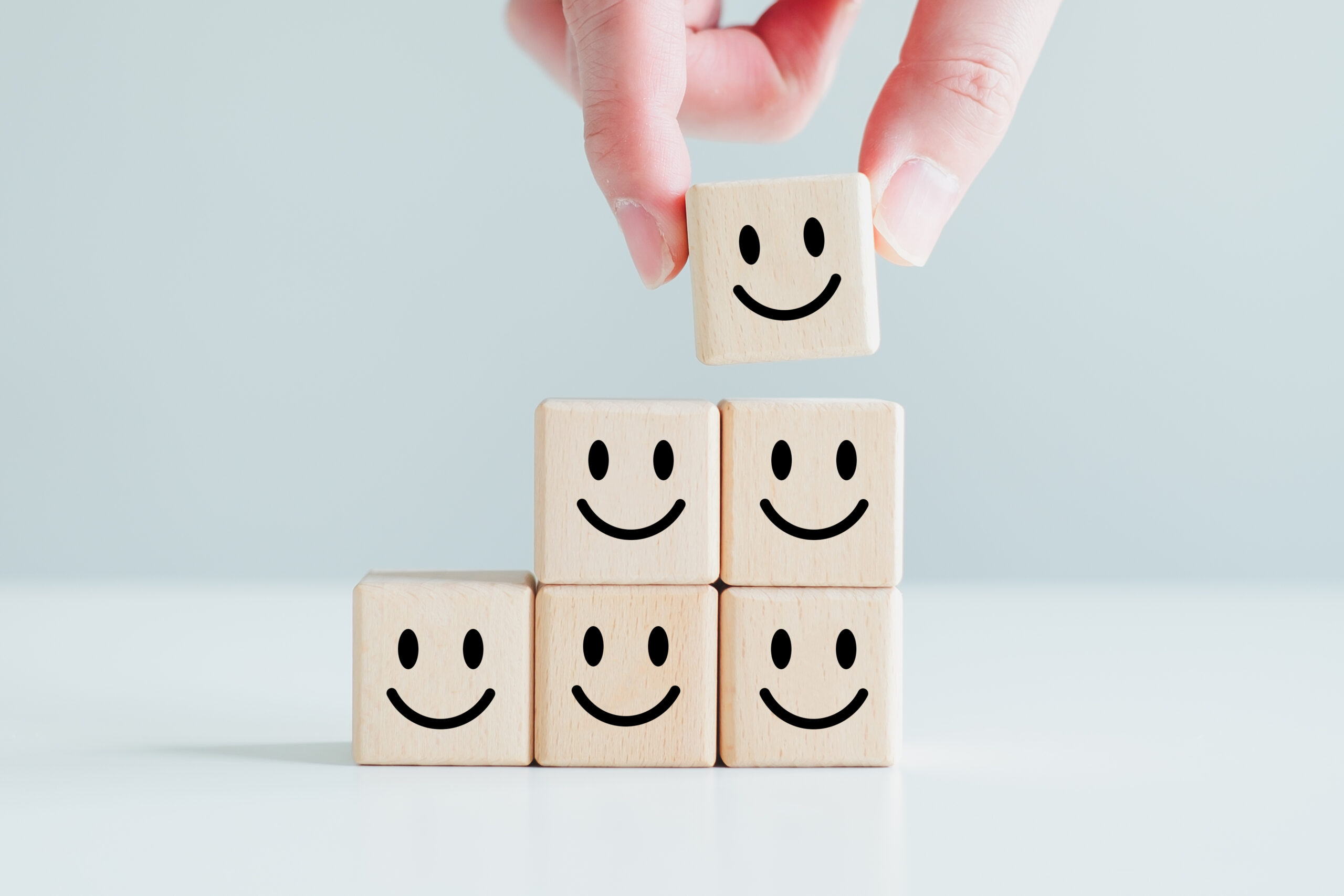- KEY POINTS
- Learn why emergency funds are essential for financial stability and protection against unexpected expenses and financial setbacks.
- Discover actionable strategies to start and maintain an emergency fund, even on a tight budget, with practical tips and steps.
- Understand common pitfalls to avoid while building your financial safety net and staying motivated on your savings journey.
Table of Contents
ToggleIntroduction
Life is unpredictable, and unexpected expenses can appear out of nowhere. I’ve faced moments when my car broke down or an unexpected medical bill landed on my lap, leaving me scrambling to figure out how to cover the costs. It’s during these moments that I realized the critical importance of having an emergency fund.
An emergency fund acts as a financial safety net, providing peace of mind and security during uncertain times. Without one, even small financial setbacks can turn into overwhelming burdens. In this post, I’ll share why an emergency fund is essential, how to start building one, and how it can transform your financial stability.
Why Emergency Funds Are Essential
Protect Against Unplanned Expenses
Unplanned expenses are inevitable—whether it’s a sudden home repair, a car breakdown, or a medical emergency. I’ve experienced the stress of handling these costs without a financial cushion, and it’s not a situation I’d want to be in again. An emergency fund ensures you’re prepared to tackle these expenses without dipping into your savings or going into debt.
Instead of relying on credit cards or loans, you can use your emergency fund to cover unexpected costs, keeping your financial goals on track. For more tips on managing unforeseen expenses, explore 7 Tips to Develop Good Saving Habits.
Avoid Accumulating Debt
When I didn’t have an emergency fund, I relied on credit cards to cover sudden expenses, which quickly led to mounting debt. This cycle of borrowing and repayment made it harder to achieve financial stability.
By having an emergency fund, you can avoid this trap altogether. It allows you to pay for emergencies upfront, eliminating the stress of high-interest debt. For more advice on breaking the debt cycle, visit Habits You Should Adopt to Stop Getting into Bad Debt.
Peace of Mind
There’s something incredibly reassuring about knowing you have money set aside for emergencies. It reduces financial anxiety and helps you approach unexpected situations with a calm mindset. When I built my emergency fund, I felt an immediate sense of relief—like I could handle anything life threw my way.
Reflective Question: How would having an emergency fund change your approach to unexpected expenses?
Action Step: Write down one recent unexpected expense and imagine how an emergency fund could have helped.
How Much Should You Save?
The Three-to-Six-Month Rule
Financial experts often recommend saving three to six months’ worth of living expenses in your emergency fund. When I started, this goal felt overwhelming, so I broke it down into smaller milestones. I focused on saving one month of expenses first, then gradually worked my way up.
To calculate your target, list your essential monthly expenses—rent, utilities, groceries, and transportation. Multiply that total by three to six months to determine your emergency fund goal.
Start Small
You don’t need to save thousands of dollars overnight. When I began building my emergency fund, I started with just $500. Even a small amount can cover minor emergencies, like a car repair or a medical bill.
Focus on saving what you can, even if it’s just $20 a week. Over time, these small contributions add up, and before you know it, you’ll have a solid financial cushion.
Reflective Question: What’s a realistic first milestone for your emergency fund?
Action Step: Set a short-term goal of saving $500 and create a timeline to achieve it.
Where to Keep Your Emergency Fund
High-Yield Savings Accounts
When deciding where to store my emergency fund, I chose a high-yield savings account. It offered easy access to my money while earning interest, which helped my savings grow over time.
Look for an account with no fees, competitive interest rates, and easy withdrawal options. Keeping your emergency fund separate from your regular checking account reduces the temptation to dip into it for non-emergencies.
Avoid Risky Investments
Your emergency fund should be accessible and safe. Avoid putting it in risky investments like stocks, where the value could fluctuate. The goal is to have a reliable safety net, not to grow your wealth.
Reflective Question: Is your current emergency fund easily accessible and secure?
Action Step: Research high-yield savings accounts and open one specifically for your emergency fund.
How to Build an Emergency Fund
Automate Your Savings
One of the most effective strategies I used to build my emergency fund was automation. By setting up an automatic transfer from my checking account to my savings account every payday, I removed the temptation to spend the money. It felt like paying a bill to myself, and over time, my savings grew steadily without much effort.
Start with a manageable amount, even if it’s just $25 or $50 per paycheck. Automation ensures consistency, which is key to reaching your goal. For more strategies on building savings, visit 7 Tips to Develop Good Saving Habits.
Cut Back on Non-Essential Spending
When I first started saving, I realized that small, non-essential expenses were eating into my budget. Things like daily coffee runs or impulsive online purchases added up quickly. By identifying and cutting back on these expenses, I freed up more money to put toward my emergency fund.
Track your spending for a month and look for areas where you can make cuts. Redirect the money you save into your emergency fund. For more tips on managing expenses, check out 17 Surefire Ideas to Break Bad Spending Habits.
Use Windfalls Wisely
Whenever I received unexpected money, like a tax refund or a work bonus, I made it a habit to put a portion into my emergency fund. These windfalls can give your savings a significant boost and help you reach your goal faster.
Instead of spending all of it, commit to saving at least 50%. This strategy can make a big difference, especially if you’re starting with a small emergency fund.
Reflective Question: How can you use your next windfall to boost your savings?
Action Step: Decide on a percentage of any unexpected income to allocate directly to your emergency fund.
Maintain Your Emergency Fund
Replenish After Use
Using your emergency fund is inevitable—that’s what it’s there for. However, it’s important to replenish it as soon as possible. After using some of my savings for a car repair, I created a plan to rebuild my fund by increasing my automated transfers for a few months.
Treat your emergency fund like a living, breathing part of your financial plan. Regular contributions ensure it’s always ready when you need it.
Avoid Dipping Into It for Non-Emergencies
It can be tempting to use your emergency fund for things like vacations or impulse purchases, but doing so defeats its purpose. I set a strict rule for myself: my emergency fund is for true emergencies only.
Establish clear guidelines for what qualifies as an emergency. For example, unexpected medical bills or home repairs qualify, but a new gadget or a shopping spree does not.
Reflective Question: Do you have clear rules for when to use your emergency fund?
Action Step: Write down three examples of true emergencies and keep them as a reference.
Common Challenges and How to Overcome Them
Feeling Overwhelmed by the Goal
When I first started saving for an emergency fund, the idea of accumulating several months’ worth of expenses felt overwhelming. I overcame this by focusing on small, achievable milestones. Instead of aiming for $5,000 immediately, I started with $500, then $1,000, celebrating each milestone along the way.
Breaking down the goal into smaller steps makes it feel more manageable and keeps you motivated.
Living Paycheck to Paycheck
If you’re living paycheck to paycheck, saving for an emergency fund might seem impossible. I’ve been there, and what helped me was starting with very small amounts. Even saving $10 a week made a difference over time.
Look for creative ways to cut back, like meal prepping or canceling unused subscriptions. Every little bit adds up. For additional ideas on budgeting, visit 9 Common Sense Habits for Sticking to a Family Budget.
Reflective Question: What small expenses can you eliminate to start saving today?
Action Step: Identify one expense to cut and redirect that money into your emergency fund.
Staying Motivated
Building an emergency fund takes time, and staying motivated can be challenging. I found that visualizing my progress—using a savings tracker or app—kept me focused. Seeing how far I’d come gave me the encouragement I needed to keep going.
Reward yourself when you reach key milestones, like saving your first $1,000. These small celebrations reinforce the positive habit and make the journey more enjoyable.
Reflective Question: How can you stay motivated while building your emergency fund?
Action Step: Set a short-term reward for reaching your next savings milestone.
Emergency Funds and Financial Stability
Emergency Funds as a Foundation for Financial Wellness
Building an emergency fund was the first step in my journey toward financial stability. It gave me the confidence to tackle bigger financial goals without worrying about unexpected setbacks. With an emergency fund in place, you can focus on paying off debt, saving for retirement, or investing, knowing you have a safety net for unplanned expenses.
An emergency fund provides a sense of security that no other financial tool can match. It’s a buffer against uncertainty and a foundation for sustainable financial wellness. For more foundational financial tips, read Good Habits to Build Credit and Why It Matters.
Supporting Your Long-Term Goals
Once I had a solid emergency fund, I was able to channel my energy and resources into long-term goals. For example, I started saving for a home down payment and contributing more to my retirement accounts.
Your emergency fund acts as a stepping stone, allowing you to pursue ambitious financial goals without the fear of financial instability. It’s a critical part of any financial strategy, especially when paired with smart saving and investment habits.
Reflective Question: How would having an emergency fund empower you to pursue bigger goals?
Action Step: Identify one long-term goal you can focus on once your emergency fund is complete.
Common Mistakes to Avoid
Underestimating the Amount Needed
One mistake I made early on was underestimating how much I needed in my emergency fund. I thought $1,000 would be enough, but a major car repair proved otherwise. Make sure to calculate your monthly expenses accurately and aim for three to six months of living costs.
Using It for Non-Urgent Needs
Another mistake I learned from was dipping into my emergency fund for things like vacation deposits or new gadgets. It’s important to maintain discipline and use your fund only for true emergencies.
Establishing clear rules and keeping your emergency fund in a separate account can help avoid temptation. For more on staying disciplined, check out 17 Surefire Ideas to Break Bad Spending Habits.
Reflective Question: Are you protecting your emergency fund from non-essential spending?
Action Step: Write down a list of what does and does not qualify as an emergency for you.
How to Sustain Your Emergency Fund
Regularly Reassess Your Fund
Your financial needs may change over time. For example, when I moved to a higher-cost-of-living area, I realized my emergency fund needed to grow to cover increased expenses. Regularly reassess your fund to ensure it aligns with your current lifestyle and financial goals.
Continue Building After Reaching Your Goal
Even after hitting my emergency fund target, I continued contributing a small amount each month. This helped me prepare for larger life changes, like buying a home or planning for a family. It’s a good habit to keep, as it strengthens your financial foundation over time.
Reflective Question: Are you regularly reassessing your financial safety net?
Action Step: Schedule an annual review of your emergency fund to ensure it meets your needs.
Final Thoughts
Creating an emergency fund isn’t just about money—it’s about peace of mind and taking control of your financial future. By starting small, staying consistent, and avoiding common pitfalls, you can build a safety net that supports your goals and shields you from unexpected financial stress.
It’s a journey that takes time and discipline, but the rewards are well worth it. With your emergency fund in place, you’ll feel empowered to take on challenges and seize opportunities, knowing you’re financially prepared.
For more financial habits to improve your life, explore 21 Tips for Developing Smart Financial Habits and The Ultimate Guide for Investing for Beginners.
Start today—your future self will thank you!
References
Blog Post References
- 9 Common Sense Habits for Sticking to a Family Budget
- 7 Tips to Develop Good Saving Habits
- Habits You Should Adopt to Stop Getting into Bad Debt
- Debt-Free Living: Good Habits for Paying Off Loans
- Good Habits to Build Credit and Why It Matters
- Building Good Credit Habits for Financial Success
- 21 Tips for Developing Smart Financial Habits
- 17 Surefire Ideas to Break Bad Spending Habits
- The Ultimate Guide to Financial Wellness

